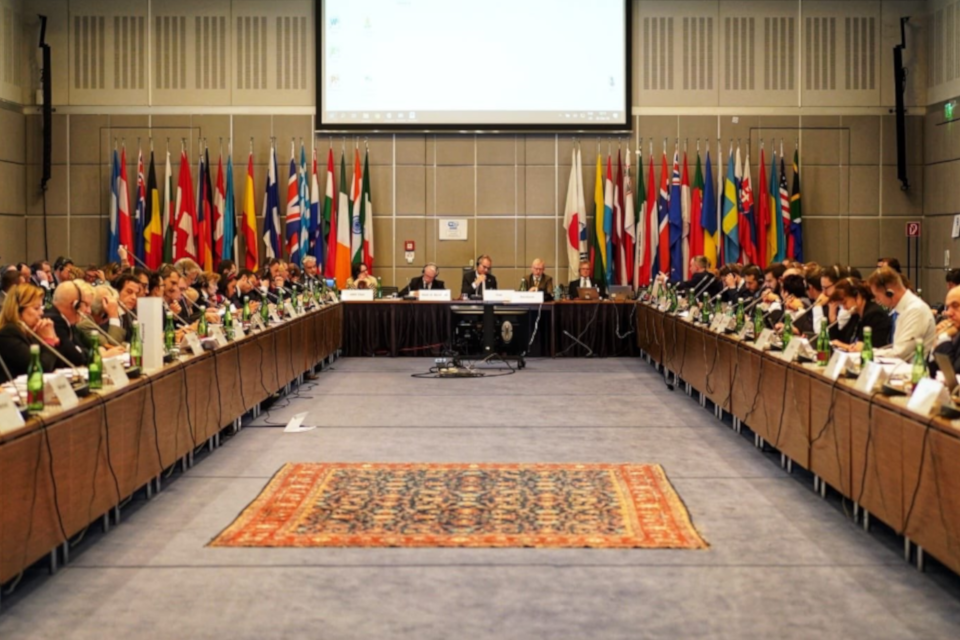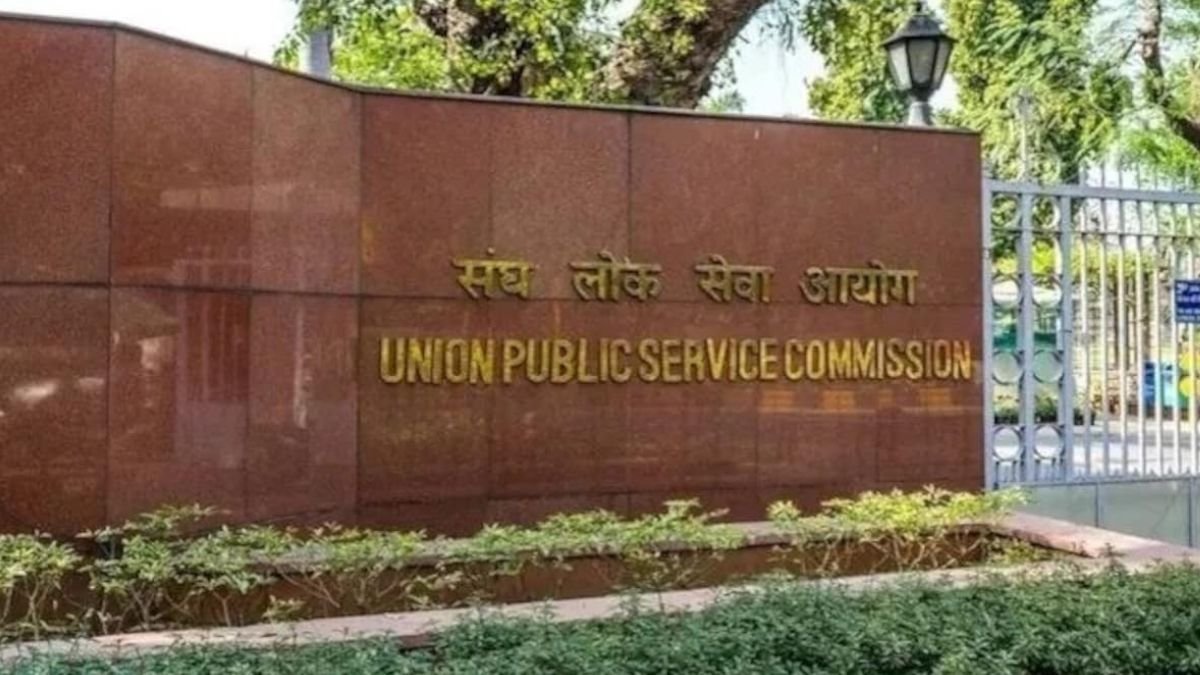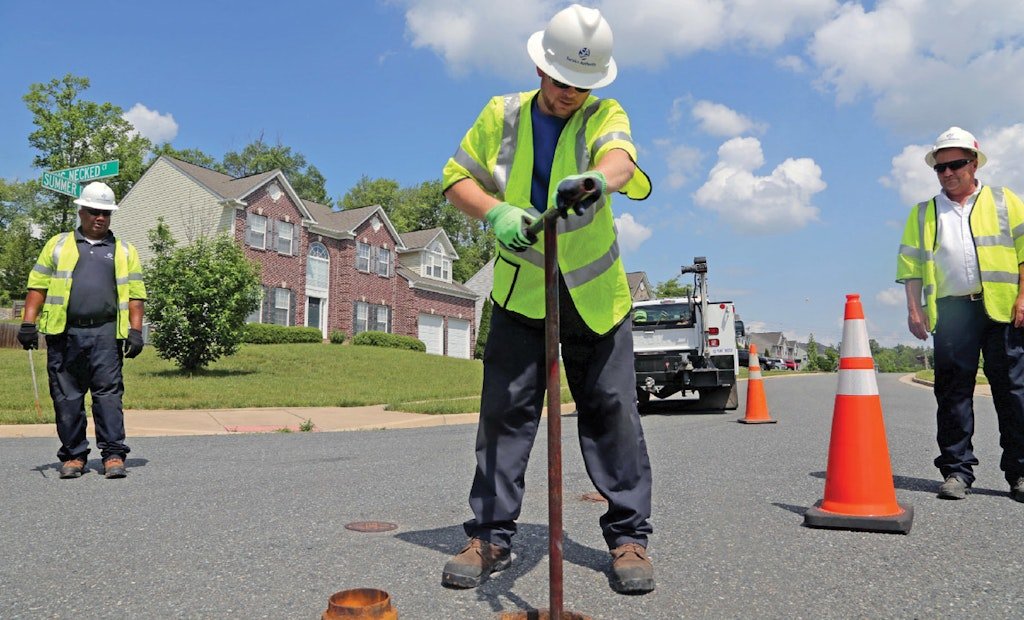Why in the News?
- The September 2025 controversy over Microsoft’s cloud support in Israeli operations against Palestinians exposed the limitations of existing export control regimes in governing non-physical digital transfers.
- It revived scrutiny of the Wassenaar Arrangement, which remains ill-equipped to regulate emerging technologies like AI and cloud services, raising concerns over their misuse in surveillance and repression.
- India, a member since 2017, has adopted the control lists but has not actively pursued reforms, despite rising geopolitical and human rights risks in the digital era.
What is an export regime?
- Export regimes are international agreements among supplier countries.
- They aim to control the export of sensitive goods and technologies.
- Their purpose is to prevent the proliferation (rapid spread or increase) of weapons of mass destruction (nuclear, chemical or biological weapons).
What is Wassenaar Arrangement?
- The Wassenaar Arrangement (1996) is a multilateral export control regime that governs conventional arms and dual-use goods and technologies.
- It functions as a voluntary coordination framework, members adopt common control lists, exchange information, and share best practices, but retain full sovereignty over licensing, implementation, and enforcement.
- It is not a binding treaty, but a political agreement to prevent destabilising accumulations of sensitive technologies.
| Conventional arms: Weapons used in regular military operations, excluding nuclear, biological, or chemical weapons. Examples: Assault rifles, battle tanks, etc.
Dual-use goods and technologies: Items that have both civilian and military applications. Examples: GPS systems, surveillance drones, etc. |
What were the changes done in 2013 to Wassenaar Arrangement?
- In 2013, the Arrangement expanded to include controls on intrusion software — software designed to bypass or defeat network security protections.
- It also added controls on certain surveillance systems (e.g., CCTV cameras, biometric scanners) and cyber-surveillance systems (e.g., spyware tools, tracking software).
- However, the framework remained hardware-centric, assuming exports meant physical transfers like devices, chips, or modules, while treating software as incidental (i.e., considering software secondary or less significant in export controls).
What are the limitations of the arrangement?
- Grey areas in cloud services: Many technology and information flows related to cloud computing are not clearly regulated, leading to uncertainty.
- For Example: The Arrangement does not consistently define whether access, use, or administration of software qualifies as an “export,” leaving room for varied interpretations.
- Challenges with SaaS model: In Software-as-a-Service (SaaS), users remotely access functionalities instead of installing software locally, making it unclear whether such use constitutes an export of controlled technology.
- Consensus-based decision-making: Since changes require agreement by all members, any single country can block updates, slowing progress and reform.
- National-level implementation gaps: Even when technologies are controlled, enforcement depends on domestic export control laws, which differ widely in scope, ambition, and political will.
- Patchy global coverage: The Arrangement allows exemptions such as for “defensive security research” and internal technology transfers, creating loopholes that weaken its effectiveness.
Why is there a need to re-evaluate this arrangement?
- India joined the arrangement in 2017, incorporating Wassenaar lists into its SCOMET (Special Chemicals, Organisms, Materials, Equipment, and Technologies) framework.
- However, like many members, India has prioritized symbolic legitimacy in global forums rather than pushing for reforms.
- Meanwhile, technologies most prone to misuse in surveillance and repression (cloud services, AI, digital surveillance tools) remain poorly regulated.
- Without reform, the Arrangement risks becoming irrelevant in addressing 21st-century security threats.
What steps can be taken for a comprehensive reform?
- Expand the scope of control lists to include:
- Infrastructure and services enabling large-scale surveillance, profiling, discrimination and real-time control and systems that cross national borders.
- Example: regional biometric systems or cross-border data transfers linked to policing.
- This expansion requires clear criteria for capacity thresholds.
- It must also define defensive or benign uses (harmless or non-threatening), with strict safeguards and licensing.
- Redefine “export” in the cloud era:
- A key challenge is that export is still viewed as physical transfer or download.
- In cloud environments, exports can happen via remote execution or API calls.
- The Arrangement needs binding rules to treat remote access, authorisation, and admin rights as equivalent to export when they involve controlled technologies.
- It should also include systematic end-use controls.
- Traditional export controls focus on military use or WMD proliferation, but cloud and digital surveillance pose risks of mass human rights violations.
- Licensing should consider not just technical specifications, but also User identity, Jurisdiction, Oversight mechanisms, Legal mandate and Risk of misuse.
- Move from voluntary to binding commitments:
- Adopt a treaty-based framework with minimum standards for licensing.
- Make denial mandatory in atrocity-prone jurisdictions (areas with high risk or history of serious human rights violations).
- Introduce peer-review mechanisms for accountability.
- Enhance international cooperation:
- Cloud services are global, meaning actions by a user in one country can affect another.
- National licensing authorities need to share information and coordinate policies.
- The Arrangement should include:
- Technical interoperability standards
- A shared watchlist of flagged users or entities
- Real-time red alert exchanges, e.g., when a cloud provider offers certain services to a blacklisted state.
- Build agility into the system:
- Cloud and AI technologies evolve rapidly, so the arrangement must be equally agile and adaptive.
- A specialised technical committee or secretariat should be set up to propose interim updates, fast-track high-priority controls and accept inputs from independent experts.
- A sunset mechanism should be adopted, where items automatically expire from the control list unless actively renewed.
- Due to challenges in achieving global consensus, the Arrangement could host domain-specific regimes for AI, Digital surveillance and Cyber weapons.
- These regimes should align with the main framework but have the flexibility to evolve more quickly.
Challenges and Way Forward
- Resistance from Powerful States Some countries oppose stricter cloud controls, citing innovation, sovereignty, and industry freedom. A binding framework with clear obligations can help overcome this resistance.
- Complexity of Cloud Regulation Mapping cloud systems, defining thresholds, and distinguishing benign vs. harmful use is intricate. Technical standards and cross-border licensing protocols are needed.
- Gaps in Current Coverage Cloud services and SaaS models expose regulatory blind spots. Updating the Arrangement to reflect digital realities is essential.
- Emerging National Initiatives The EU is advancing national export controls on high-tech services. These efforts can guide global reforms and expand the Arrangement’s reach.
- Leveraging Corporate Responsibility Cloud providers are large and interconnected. Export controls can align with corporate human rights duties and procurement policies to incentivize ethical practices.
Conclusion
The Wassenaar Arrangement, once a cornerstone of global export control, now faces a critical juncture in the digital age. It must evolve to address digital-era threats like cloud misuse and AI-driven surveillance. Without reform, it risks irrelevance. India and other members must push for stronger, binding controls to safeguard human rights and global security.
Additional Information
There are four major multilateral export control regimes (MECRs) in the world, each focusing on different categories of sensitive items:
| Regime | Focus Area |
| Nuclear Suppliers Group (NSG) | Controls export of nuclear materials, equipment, and technology. |
| Missile Technology Control Regime (MTCR) | Regulates transfer of missile and unmanned aerial vehicle (UAV) technology. |
| Australia Group (AG) | Prevents spread of chemical and biological weapons through export controls. |
| Wassenaar Arrangement (WA) | Governs conventional arms and dual-use goods and technologies. |
| Ensure IAS Mains Question
Q. Critically examine the limitations of the Wassenaar Arrangement in regulating emerging technologies like cloud services and AI. Suggest reforms to make it more effective in addressing digital-era security and human rights concerns. (250 words) |
| Ensure IAS Prelims Question
Q. Consider the following statements regarding the Wassenaar Arrangement: 1. It is a binding treaty that enforces export controls on nuclear weapons and technologies. 2. India became a member of the Wassenaar Arrangement in 2017. 3. The Arrangement includes controls on dual-use goods and conventional arms. Which of the above statements is/are correct? a) 1 and 2 only b) 2 and 3 only c) 1 and 3 only d) 1, 2 and 3 Answer: b) 2 and 3 only Explanation: Statement 1 is incorrect: The Wassenaar Arrangement is a voluntary framework, not a binding treaty, and does not regulate nuclear weapons or related technologies. Statement 2 is correct: India joined the Wassenaar Arrangement in 2017, gaining access to control lists and global coordination on sensitive technology exports. Statement 3 is correct: The Arrangement governs dual-use items and conventional arms, aiming to prevent destabilising accumulations and misuse of sensitive technologies worldwide. |
|
Also Read |
|
| UPSC Foundation Course | UPSC Daily Current Affairs |
| UPSC Monthly Magazine | CSAT Foundation Course |
| Free MCQs for UPSC Prelims | UPSC Test Series |
| ENSURE IAS NOTES | Our Booklist |





